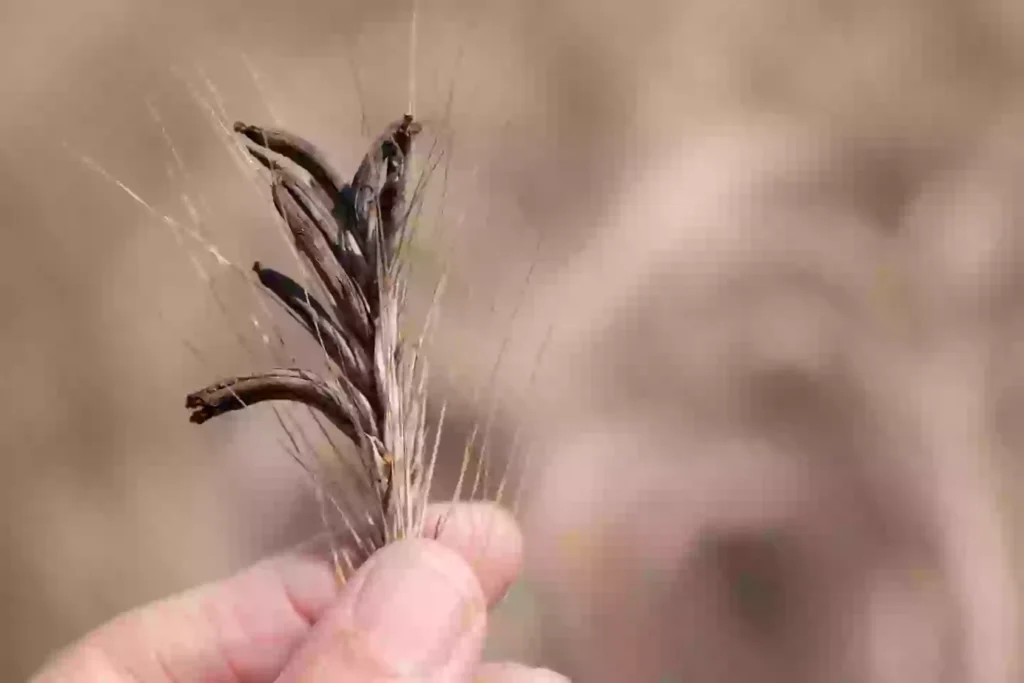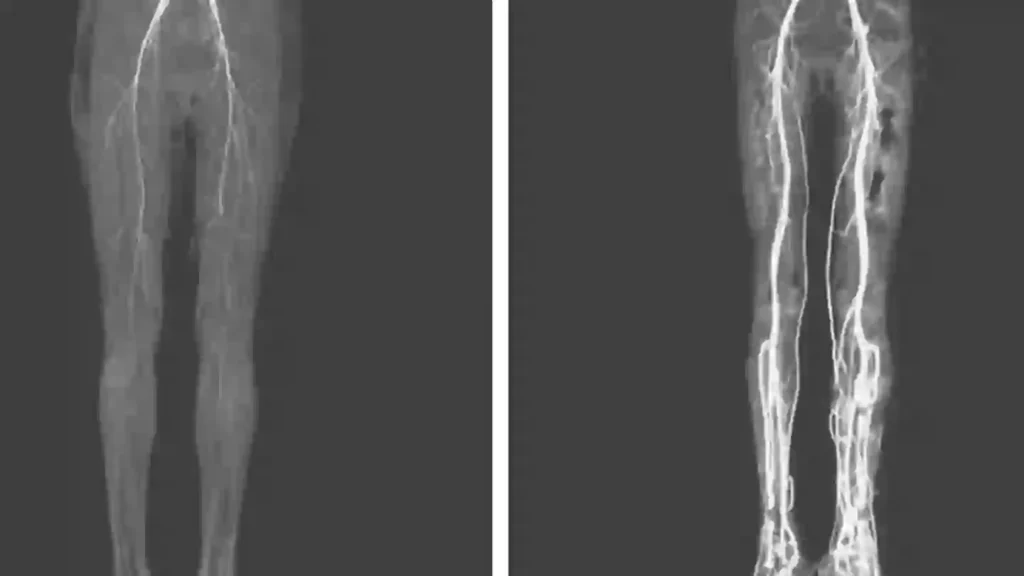She contracted a disease that caused multiple plagues in medieval times – and it wasn’t the black plague
The woman suffered severe bodily loss after being afflicted with the illness linked to the medieval plague.
At just 24 years old, she began to feel intense burning sensations in her legs, stretching from the mid-thighs down to her toes. Two days after the onset of her pain, she sought help at an outpatient clinic.

The woman’s feet became discolored and cold to touch (Getty stock)
During the examination, the doctor observed discoloration in her feet, but it wasn’t obvious enough to impede her ability to walk. A deeper investigation revealed that her feet were cold, despite the burning feeling, and they couldn’t detect a pulse in her foot arteries.
CT scans indicated a narrowing of the artery, and after administering a simple blood-thinning medication, her pain significantly diminished, and warmth returned to her legs as blood circulation improved. Nonetheless, gangrene developed in one of her toes, necessitating its amputation.
So how was the ancient “Holy Fire” identified?
This condition is known as ergotism, stemming from the ingestion of ergot, a natural fungus found in wheat.

A ripe ear of grain containing the dark, and poisonous, ergot growing on it (Getty stock)


